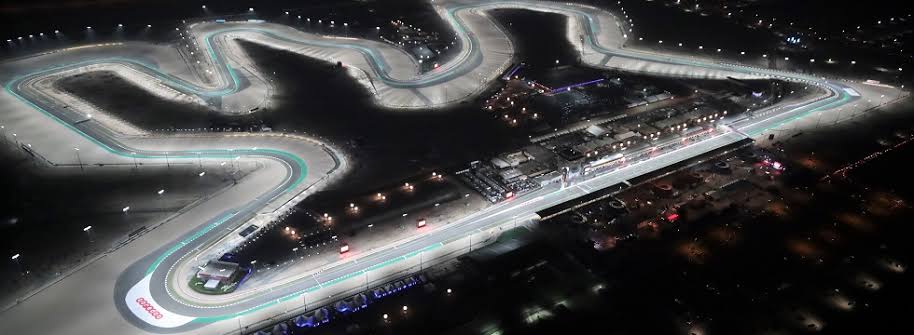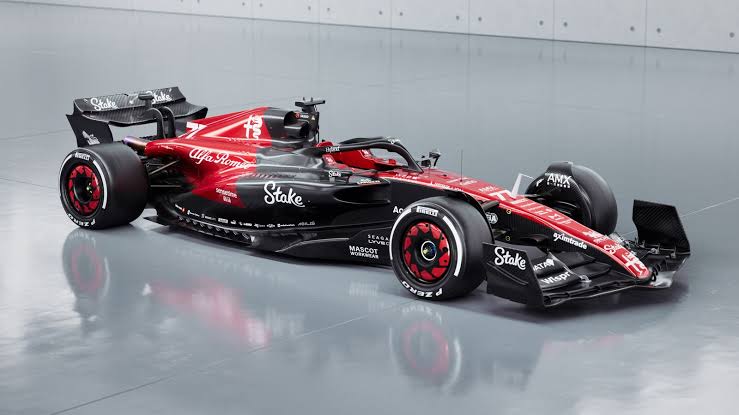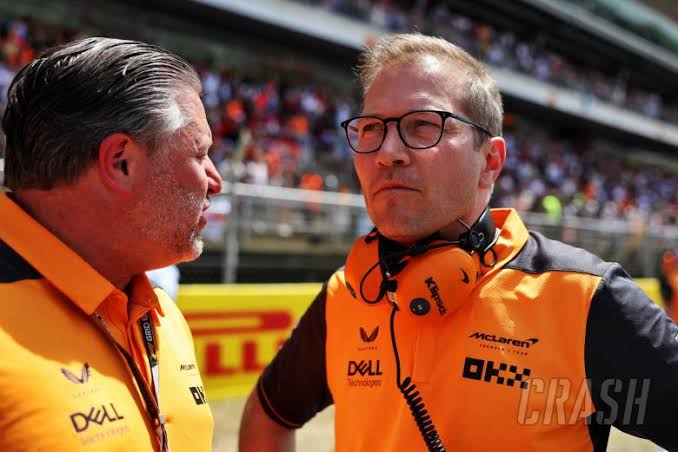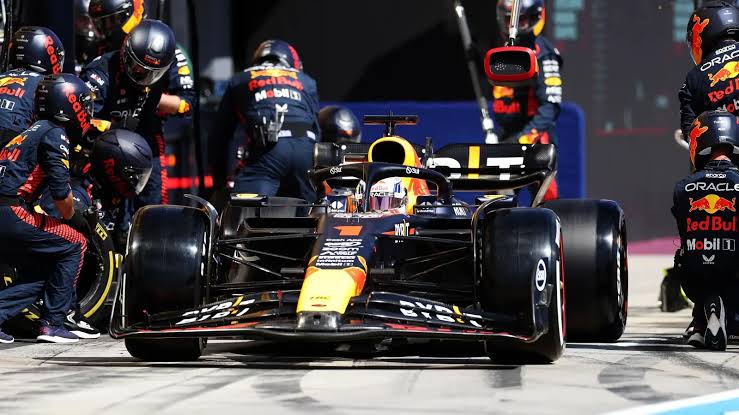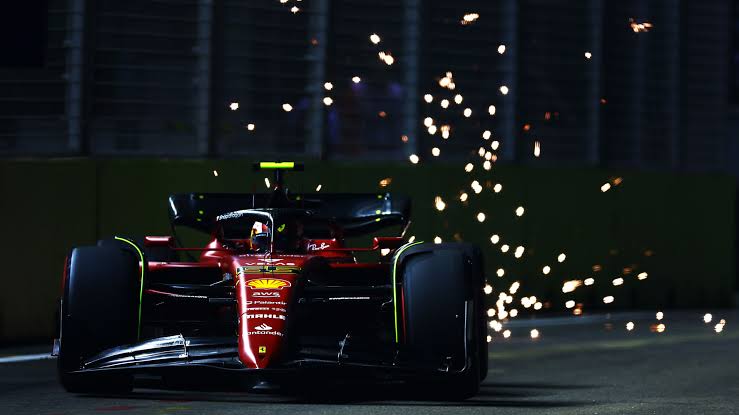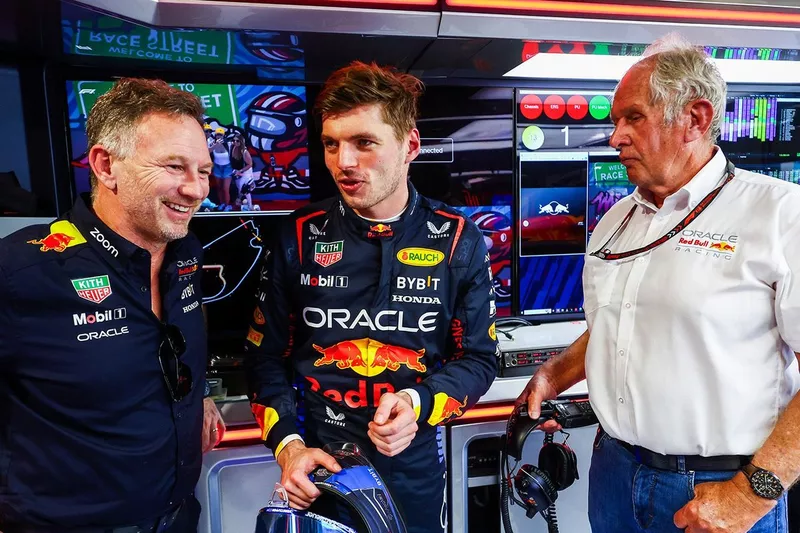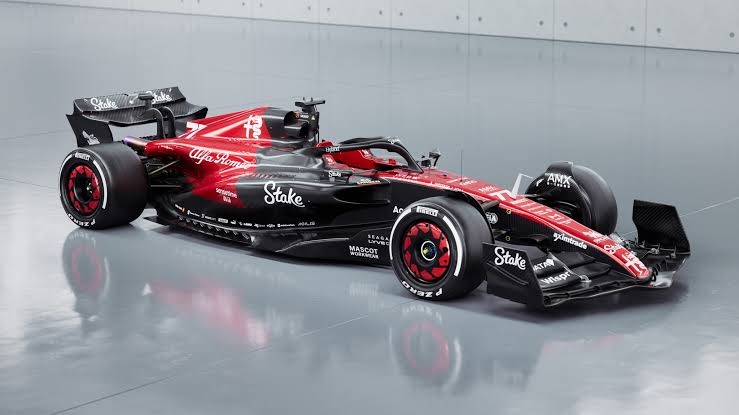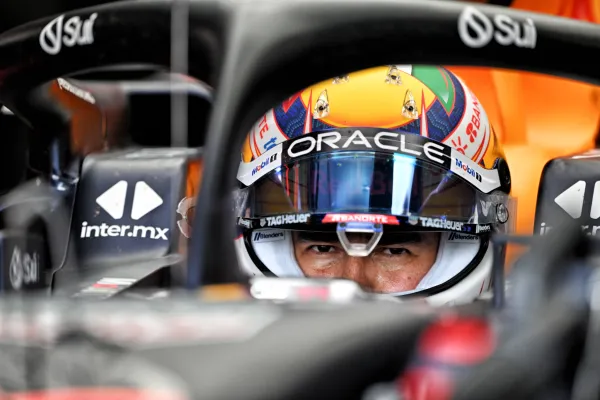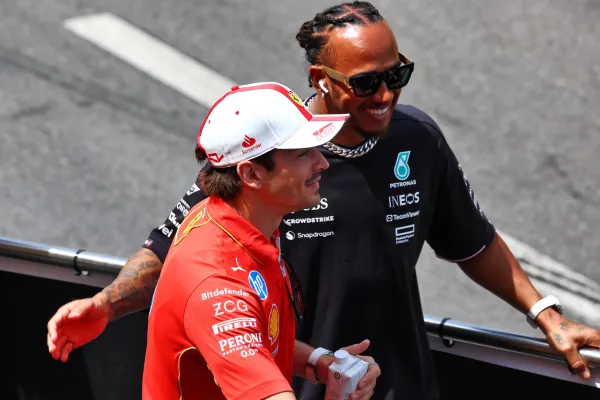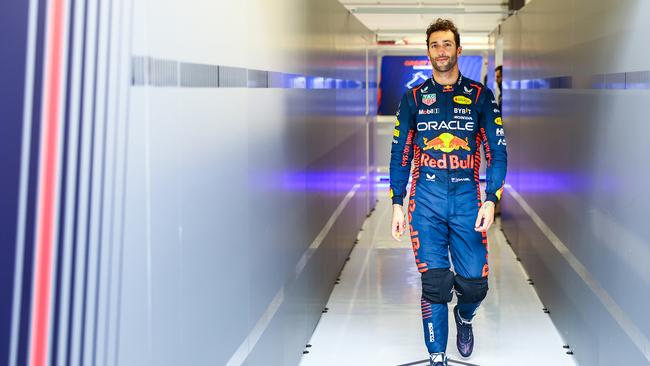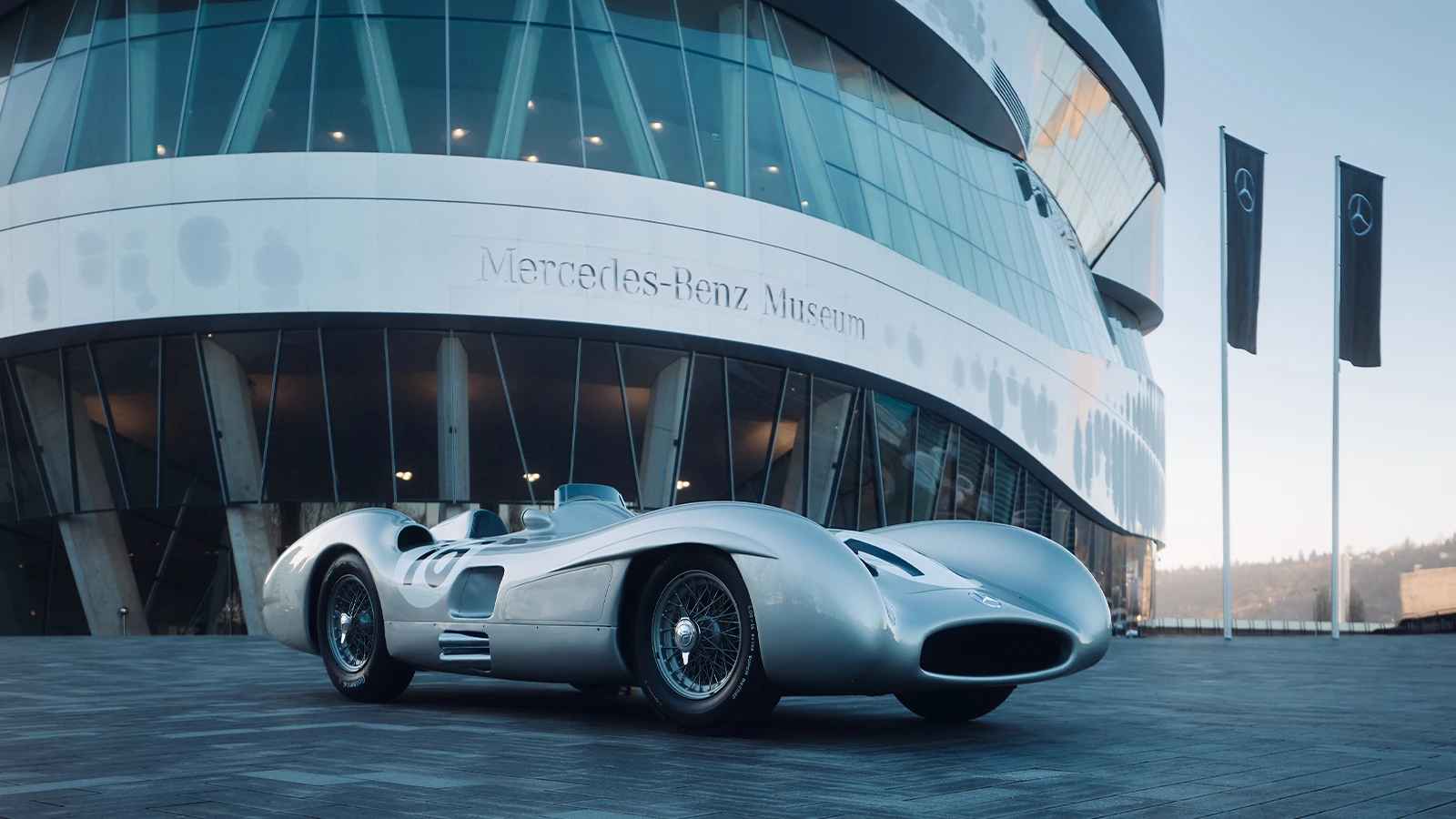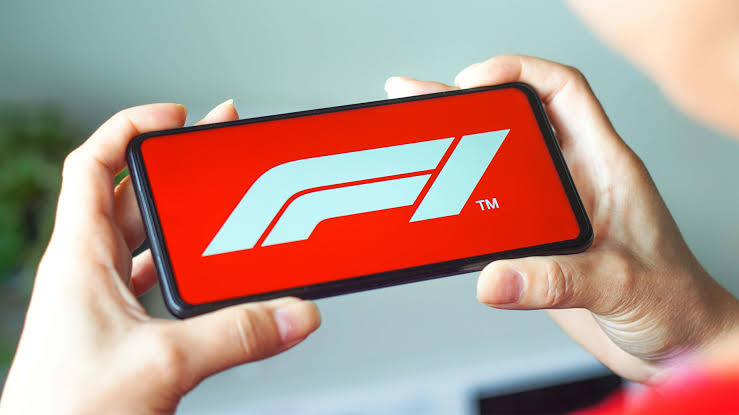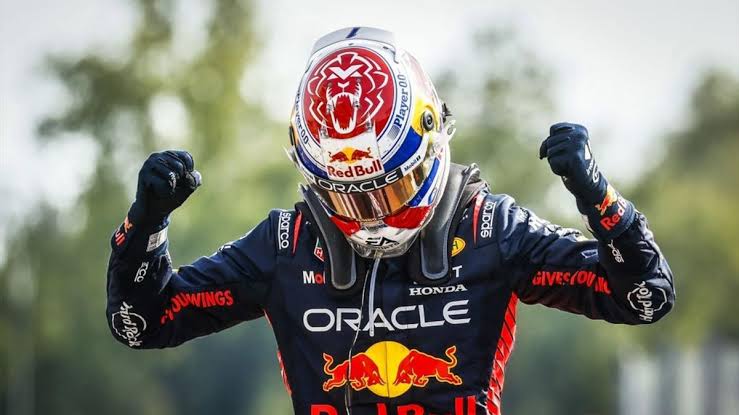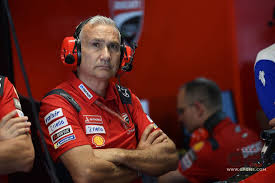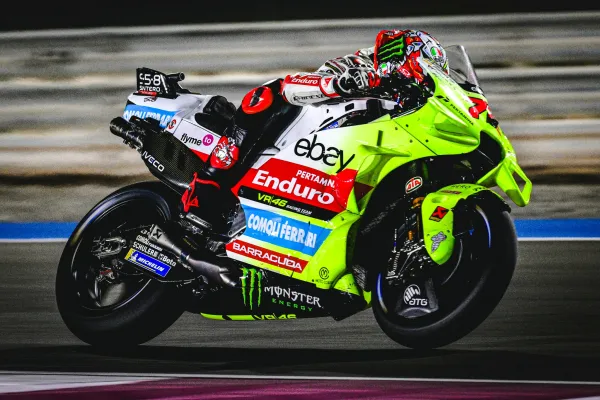Racing Into The Spotlight: Key Takeaways From Friday Practice At The Australian GP
The Australian Grand Prix, the first stop on the 2025 Formula 1 calendar, kicked off with an electrifying Friday practice session that set the stage for an intense weekend of racing. As the sun shone brightly over Albert Park, teams and drivers alike were eager to test their mettle and fine-tune their strategies ahead of qualifying. Here’s a comprehensive breakdown of the key lessons learned from this pivotal day in Melbourne.
Ferrari Sets the Pace
Ferrari emerged as a dominant force, with Charles Leclerc leading the pack in both practice sessions. His impressive performance on both medium and soft tires underscored Ferrari’s potential to challenge for the top spot on the podium. Leclerc’s consistency was a highlight, as he managed to outpace McLaren, one of the preseason favorites, in the more representative second practice session.
Meanwhile, Lewis Hamilton, Ferrari’s new signing, continued his adaptation process. Despite finishing fifth-fastest in the second session, he expressed optimism about his progress, stating that he is getting faster “bit by bit”. Hamilton’s journey at Ferrari is one of the most anticipated storylines of the season, and his performance will be closely watched throughout the year.
Ferrari’s strong showing was not limited to outright speed; they also demonstrated a solid long-run pace, which bodes well for their race strategy. This combination of qualifying and race pace makes them a formidable contender for the weekend.
McLaren’s Long-Run Potential
While Ferrari stole the show in terms of outright speed, McLaren demonstrated a strong long-run performance. This suggests that despite being narrowly edged out in qualifying simulations, McLaren could still pose a significant threat during the race itself. Lando Norris and Oscar Piastri both showed impressive consistency, with Norris setting the pace in the first practice session.
The British driver’s late surge to the top in FP1 highlighted McLaren’s ability to extract performance from their car, especially when it counts. Norris’s comments about Ferrari’s potential leap forward in performance were also validated, as Ferrari indeed looked formidable on Friday.
McLaren’s strategy will likely focus on maximizing their race pace, potentially using their long-run consistency to their advantage. This could lead to some strategic decisions regarding tire management and pit stops during the race.
Challenges for Mercedes and Red Bull
Mercedes and Red Bull, two of the sport’s powerhouses, faced a more challenging day. Mercedes struggled with single-lap pace, particularly on the soft tires, which left them off the pace. George Russell’s session was marred by errors, including a close call with the wall, while Kimi Antonelli found himself on the edge at times.
Red Bull, meanwhile, failed to make a significant impact in the second practice session. Max Verstappen, who finished fifth in the first session, did not manage to improve his position significantly in FP2, leaving Red Bull with work to do to catch up with the frontrunners.
Both teams will need to regroup and reassess their strategies to regain their competitive edge. For Mercedes, improving their qualifying performance will be crucial, while Red Bull needs to find a way to unlock more speed from their car.
Racing Bulls Surprise
One of the surprises of the day was the performance of the Visa Cash App Racing Bulls team. They managed to slot into the top three in the second practice session, alongside Ferrari and McLaren, which was an unexpected but welcome boost for the team.
This performance highlights the unpredictability of the 2025 season, where smaller teams are pushing the boundaries and challenging the established order. It will be interesting to see if Racing Bulls can maintain this momentum throughout the weekend.
Their success could be attributed to innovative strategies and a well-tuned car, which allowed them to capitalize on the conditions at Albert Park. If they can sustain this level of performance, it could lead to some exciting battles on the track.
Qualifying Prospects
As the teams head into qualifying, the picture remains somewhat unclear. Several drivers experienced difficulty in improving their lap times after switching to soft tires, which could lead to some unexpected grid positions. Ferrari’s strong showing suggests they are well-placed for a strong qualifying performance, but McLaren’s long-run pace means they cannot be ruled out for the race itself.
The Australian GP qualifying session promises to be highly competitive, with teams pushing to the limit to secure the best possible starting positions. The session will be crucial in setting the tone for the rest of the weekend.
Qualifying is often a high-pressure situation, and teams will need to execute their strategies flawlessly to secure a good starting position. To explore more about how F1 teams prepare for qualifying and maximize their performance under pressure, see our article on F1 Qualifying Strategies.
Looking Ahead
As the weekend progresses, several key factors will come into play. Tire management will be crucial, as teams navigate the challenges of Albert Park’s demanding circuit. The weather could also play a role, with Melbourne known for its unpredictable conditions.
Fans will be eager to see how the grid shakes out in qualifying and how the race unfolds. Will Ferrari maintain their dominance, or will McLaren’s long-run pace pay dividends? Can Mercedes and Red Bull rebound from their challenging Friday, or will Racing Bulls continue to surprise?
The answers to these questions will be revealed over the next couple of days, but one thing is certain: the Australian GP is set to be an unforgettable start to the 2025 F1 season.
The Role of Technology and Innovation
In modern F1, technology and innovation are key drivers of success. Teams are constantly pushing the boundaries of what is possible, from aerodynamic design to engine performance. This relentless pursuit of improvement is what makes F1 so captivating, as teams strive to outdo each other in a battle of wits and engineering prowess.
To delve deeper into how F1 teams leverage technology to gain a competitive edge, explore our insights on F1 Technology and Innovation. This ongoing quest for innovation not only enhances the sport but also contributes to advancements in automotive technology that benefit consumers worldwide.
Fan Engagement and Community
The Australian GP is not just about the racing; it’s also a celebration of the F1 community. Fans from around the world gather to cheer on their favorite drivers and teams, creating an electric atmosphere that is unmatched in many other sports.
The engagement of fans is crucial for the sport’s success, and F1 has been at the forefront of using digital platforms to connect with its audience. From live streaming to social media, fans can now engage with the sport in ways that were previously unimaginable.
The Impact of Sponsorship and Branding
Sponsorship plays a vital role in F1, providing teams with the financial backing they need to compete at the highest level. Brands like Visa Cash App, which sponsors the Racing Bulls team, are integral to the sport’s ecosystem.
The partnership between brands and teams is not just about financial support; it’s also about creating a strong brand identity that resonates with fans. This synergy between sports and branding is a key factor in the success of both F1 and other sports, as it helps to build a loyal fan base and drive engagement.
Conclusion
Friday’s practice sessions at the Australian GP provided a thrilling preview of what’s to come in the 2025 Formula 1 season. Ferrari’s pace, McLaren’s consistency, and the challenges faced by Mercedes and Red Bull all contributed to an intriguing narrative that will unfold over the weekend.
The Australian GP is shaping up to be a pivotal event in the early stages of the season, and all eyes will be on Melbourne as the drivers take to the track for what promises to be an exhilarating weekend of racing.
As the F1 community looks forward to the qualifying session and the race itself, fans are reminded of the dynamic nature of the sport. To explore more about how F1 teams maintain their edge through innovative strategies and technology, see our article on F1 Team Strategies.

